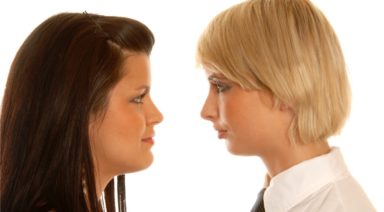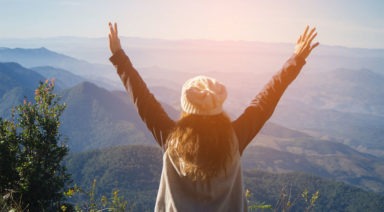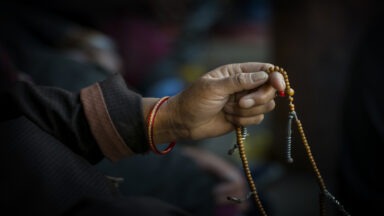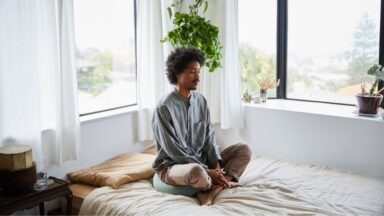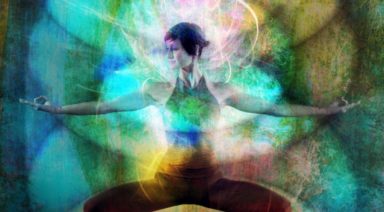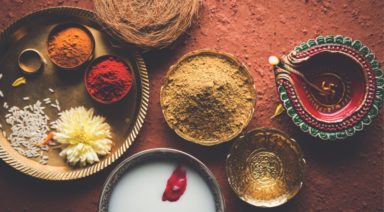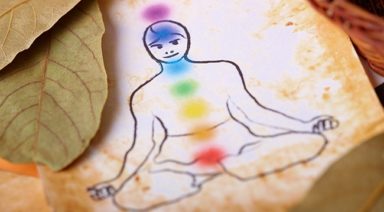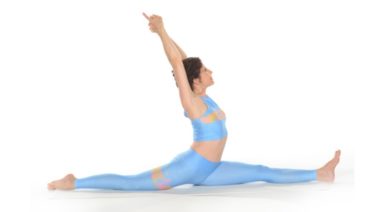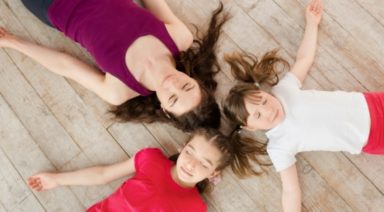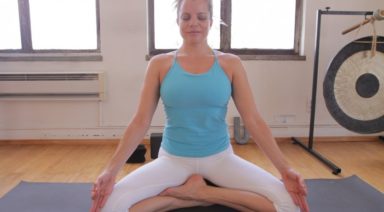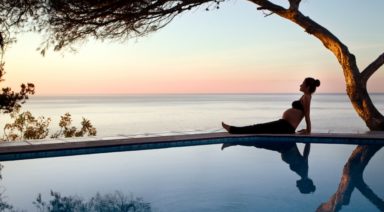Proprioception: Developing Body Awareness
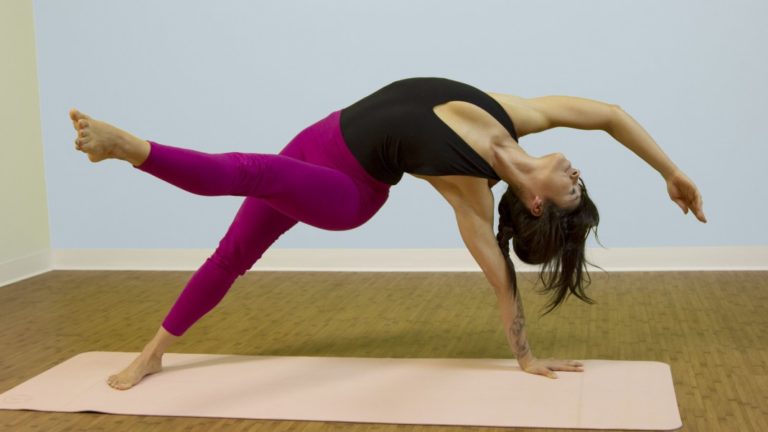
When people ask me what I do for a living, I hesitate before answering simply because responding with, “I teach yoga” doesn’t do my job, or the practice, justice. If I could answer truthfully, with unlimited time and attention span from my inquisitor, I would explain that I was a specialized guide. I would weave a story of all the expeditions that lead to the many nooks and crannies that make up one’s being. But most importantly, I’d proudly state, that for a living I welcome people back to their bodies. There are many reasons to teach yoga, and even more reasons to practice it, but currently this homecoming is my dance and song.
This concept is beautifully described in Tara Brach’s novel, “Radical Acceptance“. She points out that, “we experience our lives through our bodies whether we are aware of it or not. Yet we are usually so mesmerized by our ideas about the world that we miss out on much of our direct sensory experience.”
Yoga reintroduces you to your body and all of its parts, while strengthening inner knowing and body clairvoyance.
“In fact, the Buddha called physical sensations the first foundation of mindfulness because they are intrinsic to feelings and thoughts and are the base of the very process of consciousness,” shares Brach. This reunion might be tedious at first, as we’ve accumulated many burnt out light bulbs that need replacing. When a muscle is first used at a very early age (i.e., the psoas is first used at eight months), the brain recognizes that the muscle will be in use frequently, so it labels it as an “unconscious muscle” to conserve energy.
These once unconscious muscles are brought back to awareness through yoga, as performing asana places new demands on the body and brain. I believe that’s why you can feel so full after practice; you leave glowing and feeling energized because the dots are being connected again and your body parts are being married as one. It’s no coincidence that yoga translates to mean “to yoke” or “to unite.”
As we age, we can unfortunately lose this sense of union if we don’t continue to stay physically active. One of the number one causes of death among seniors results from falling, because one’s proprioception gradually becomes impaired.
Proprioception is defined as, “the sense of the relative position of neighboring parts of the body“. For example, touching your nose with your index fingers while closing your eyes, tests your ability to be proprioceptive. It is what allows us to walk in complete darkness without losing balance. When we’re driving, it’s what allows us to keep our eyes on the road and not on our feet while we brake and accelerate. The mind has memorized where certain body parts are so that you often don’t need the eyes to find them.
Yet, for some seniors, finding their nose with their index finger can be a challenging task. I began to reflect on this with great admiration and respect for the work yogis do, and not just physically. I’ve never actualized how many miracles occur on the mat.
For example, let’s say my students are in a twisted lunge to the left, their eyes are gazing skyward. I ask them to bring their left hip bone back, while drawing their right sitz bone away from their sacrum; they then adjust accordingly. The fact that they can access a very deep portion of their pelvis, without looking, is pretty incredible; it’s a gift and a skill we take for granted.
Proven here, as body awareness develops, so does your relationship with each individual body part; becoming mindful of exactly where they exist in space. Even 2,000 years ago, the depths of this work was cherished and eventually expressed in the ancient Yoga Sutras of Patanjali. Sutra II.46 states that, “This discipline and attention must be applied to the practice of each asana, to penetrate to its very depths in the remotest parts of the body. Even the meditational asana has to be cultivated by the fibers, cells, joints and muscles in cooperation with the mind.”
Sensing the depth of ourselves to this extent can be hard to experience these days; we live so much in our heads that our bodies can feel miles away. Thankfully every time we hit our yoga mats, we begin to embody our homebody again. Our proprioception is developed and fine-tuned, and we establish trust in our bodies, growing comfortable in our own skin. This snowballs into us trusting our hearts and hearing our intuition with confidence and efficiency. I believe this can morph even more into us being present with everything that surrounds us. We become like animals, noticing everyone’s whereabouts, everyone’s moods, reading everyone’s body language, and more. Nothing goes unnoticed and even relationships deepen – from the bone in our left thigh to our neighbor down the hall.
This homecoming is described perfectly by Elizabeth Kadetsky in her recent novel “First There Is a Mountain.” She writes, “I could discover my body anew every day, and through it discover the world around me. I could start again – remake my universe.”
Why Tantric Yoga Soul Gazing is Your New Favorite Practice

Communication occurs on many levels beyond talking and listening. Magic happens when the energy lines between people open. Soul gazing is a tantric technique that gives practitioners an altered state of consciousness by staring into another person’s eyes for ten minutes.
“Like iron filings being drawn to a powerful magnetic source, we experience ourselves as being ineluctably drawn closer to a shared feeling of union, relatedness and love. Where formerly we were two separate beings, we join together through the practice and become something that neither of us could quite be on our own.”
~ Johnson, “The Spiritual Practices of Rumi”
What is Tantra Yoga?
The Tantric practice aims to expand beyond perceived limitations of yogic philosophy and the asanas. When one meditates it is the space between thoughts where one begins to find a glimpse of inner peace. As yogis, we cultivate that space until the thoughts become less and less obtrusive, and the space between them becomes vast.
The exploration of the subtle energies within the body and their connection to the universe provide the opportunity to understand the purpose of life and the principles of union in new dimensions.


